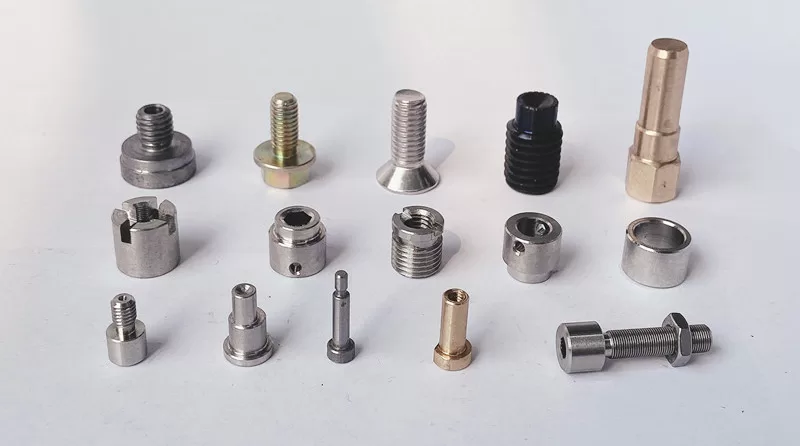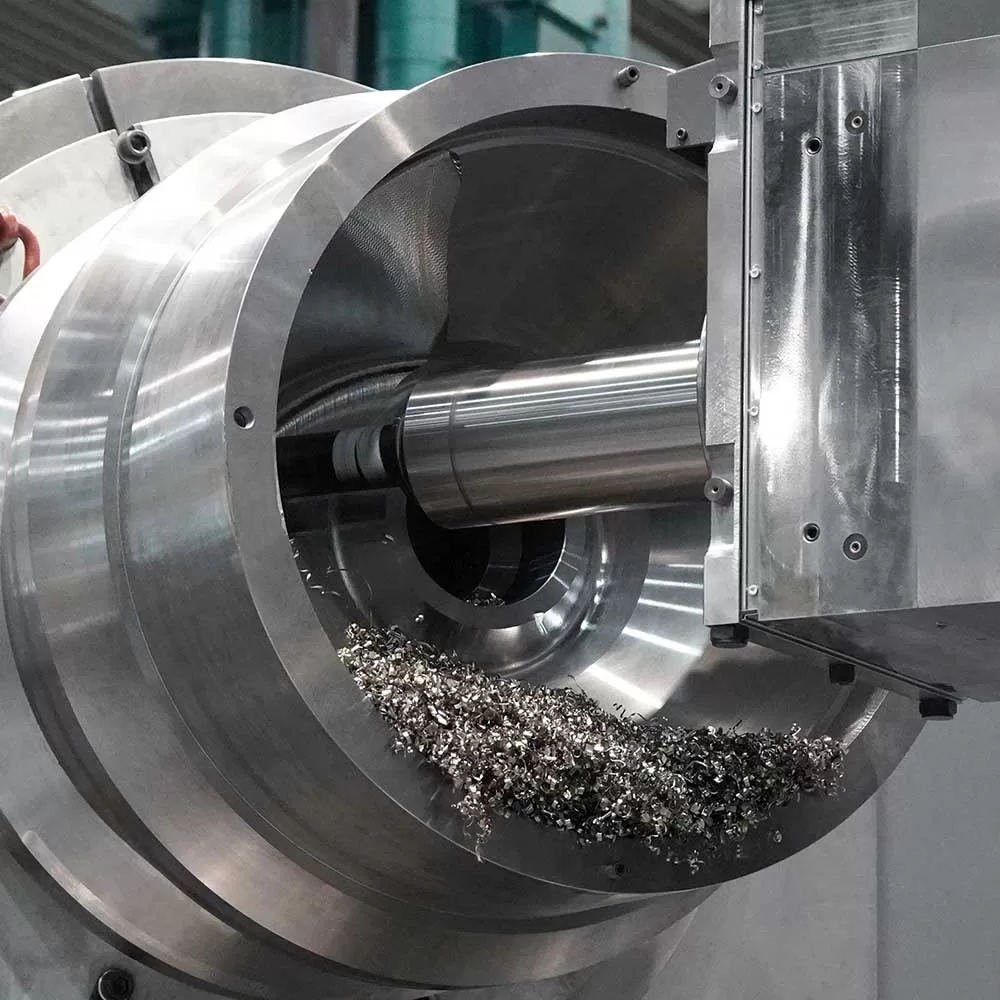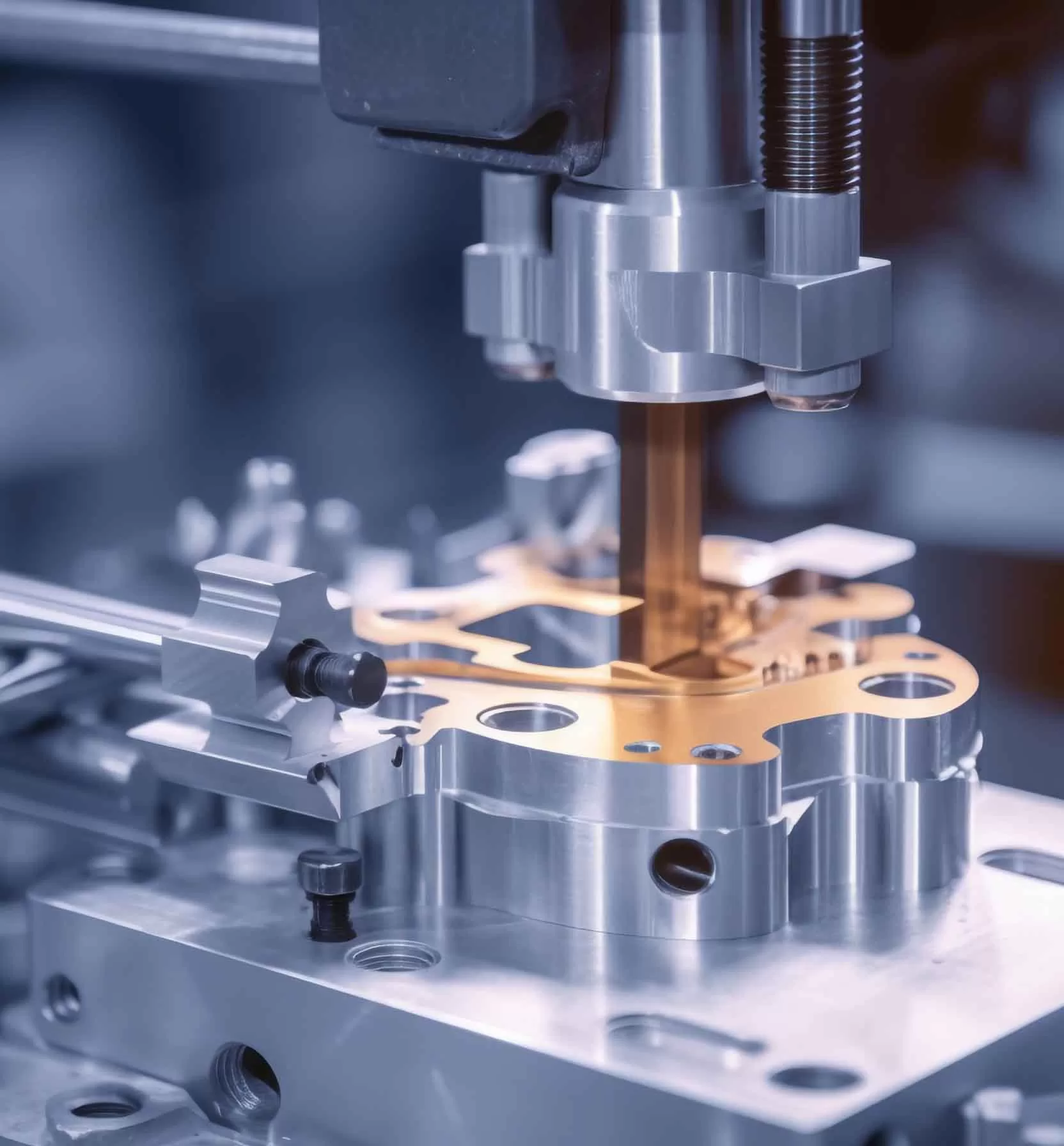Discover the impressive features of CNC turning that revolutionize precision machining. Explore our comprehensive guide now and elevate your machining skills!

The Features of CNC Turning
- CNC turning processing is highly efficient. CNC turning is more efficient than grinding. Turning often uses large cutting depths and high workpiece speeds, and its metal removal rate is usually several times that of grinding. During turning processing, a variety of surface processing can be completed with one clamping, while grinding requires multiple installations, so the auxiliary time is short and the position accuracy between the processed surfaces is high.
- The equipment investment cost is low. When the productivity is the same, the investment in lathes is obviously better than that of grinders, and the cost of its auxiliary systems is also low. For small batch production, turning does not require special equipment, while large batch processing of high-precision parts requires CNC machine tools with good rigidity, high positioning accuracy and repeatable positioning accuracy.
- Suitable for small-batch flexible production requirements. The lathe itself is a flexible processing method with a wide range of processing. The lathe is easy to control and the turning and clamping is fast. Compared with grinding, hard turning can better adapt to flexible production requirements.
- Hard turning results in good overall machining accuracy of the part. Most of the heat produced in hard turning is taken away by the cutting oil, which will not cause surface burns and cracks like grinding. It has excellent processing surface quality and precise processing roundness, which can ensure a high degree of precision between the processing surfaces. Position accuracy.
Tool Materials and Their Selection for CNC Turning
Coated carbide cutting tools. Coated carbide tools are coated with one or more layers of coatings with good wear resistance on carbide tools with good toughness. The coating usually plays the following two roles: On the one hand, it has better performance than the tool. The much lower thermal conductivity coefficient of the matrix and workpiece material weakens the thermal effect of the tool matrix; on the other hand, it can effectively improve the friction and adhesion during the cutting process and reduce the generation of cutting heat. Compared with carbide tools, coated carbide tools have greatly improved in strength, hardness and wear resistance.
Ceramic material knives. Ceramic cutting tools have the characteristics of high hardness, high strength, good wear resistance, good chemical stability, good anti-adhesion properties, low friction coefficient and low price. When used normally, it has extremely high durability and the speed can be several times higher than that of cemented carbide. It is especially suitable for processing, finishing and high-speed processing of high-hardness materials.
Cubic boron nitride cutting tools. The hardness and wear resistance of cubic boron nitride are second only to diamond, and it has excellent high-temperature hardness. Compared with ceramic tools, its heat resistance and chemical stability are slightly worse, but its impact strength and crushing resistance are better. If you don’t want to engage in low-level work, want to get rid of the status quo, and want to learn UG programming, you can join QQ group 192963572 to learn CNC processing programming technology. It is widely used in the cutting of hardened steel, pearlitic gray cast iron, chilled cast iron and high-temperature alloys. Compared with carbide tools, its cutting speed can even be increased by an order of magnitude.
Selection of Cutting Oil
Tool steel cutting tools have poor heat resistance and lose hardness at high temperatures. Therefore, cutting oil with good cooling performance, low viscosity and good fluidity is required.
When high-speed steel tools perform high-speed rough cutting, the cutting volume is large and a large amount of cutting heat is generated, so cutting oil with good cooling properties should be used. If high-speed steel tools are used for medium and low-speed finishing, generally low-viscosity cutting oil can reduce the friction and adhesion between the tool and the workpiece, inhibit the formation of cutting nodules, and improve machining accuracy.
Carbide tools have higher melting point and hardness, better chemical and thermal stability, and much better cutting and wear resistance than high-speed steel tools. Active sulfur cutting oil can be used in general machining. If it is heavy cutting, the cutting temperature is very high, and it is easy to wear the tool very quickly. At this time, inactive vulcanized cutting oil should be used and the flow rate of the cutting oil should be increased to ensure sufficient cooling and lubrication.
Ceramic tools, diamond tools and cubic boron nitride tools all have high hardness and wear resistance. Low viscosity inactive vulcanized cutting oil is generally used during cutting to ensure the surface finish of the workpiece.
The above are the features of CNC turning. Reasonable selection of cutting tools and cutting oil products can significantly improve the quality of the workpiece.


